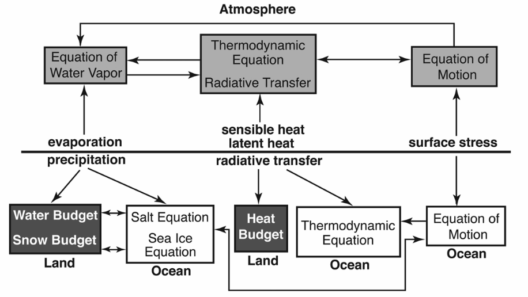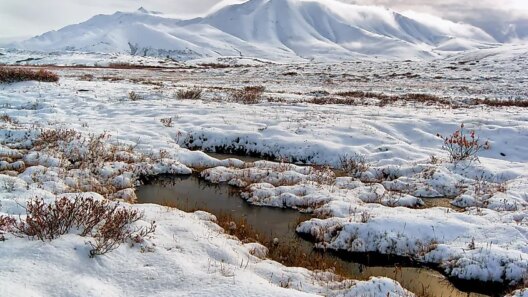Spain is a country renowned for its vibrant culture, rich history, and diverse landscapes, all of which are deeply influenced by its climate. From the arid plains of Andalusia to the lush, green hills of Galicia, Spain’s climate is as varied as its geography. This article explores the distinct climatic zones across Spain, their influence on daily life, and the nuances of both summer and winter seasons in this remarkable country.
To comprehend Spain’s climate, one must recognize its geographical diversity. Spain occupies a significant portion of the Iberian Peninsula and features four main climatic regions: the Mediterranean, the semi-arid, the oceanic, and the mountainous. Each of these regions possesses unique characteristics that influence not only the weather but also the lifestyle and agricultural practices of its inhabitants.
The Mediterranean climate typifies the eastern and southern coastal areas of Spain. This region experiences hot, dry summers with average temperatures exceeding 30°C (86°F) and mild winters. Coastal cities such as Barcelona and Valencia enjoy an extended sunny season, which encourages outdoor activities, tourism, and an appreciation for leisurely meals, often enjoyed under canopies of olive trees or alongside sandy beaches.
In stark contrast, the interior of Spain showcases the continental climate, characterized by greater temperature variability. The heartland regions, including Madrid and Toledo, endure scorching summers and chilly winters. Summer temperatures can exceed 40°C (104°F), while winter lows can plummet to -5°C (23°F). This stark contrast necessitates a unique rhythm of life, with long siestas (midday breaks) becoming essential to cope with the searing heat, particularly during the months of July and August.
Aside from the scorching summers, winter in Spain’s sunny cities can be surprisingly mild. Despite the geographical proximity to warmer Mediterranean coastlines, temperatures in winter may dip significantly, particularly at night. Many areas experience the phenomenon known as “winter winds,” which can dramatically alter the perception of cold. The Cierzo in the northeast or the Levante blowing from the east can lead to chilling gusts, making winter outings an exercise in layering and preparation.
Continuing westward, the regions of Galicia and Asturias reflect a markedly different climate profile. These areas are classified under the oceanic climate zone, distinguished by consistent rainfall and cooler temperatures throughout the year. With milder summers, often not exceeding 25°C (77°F), and cool, wet winters, the lush landscapes in this part of Spain support rich agricultural practices, including the cultivation of vine, dairy farming, and the raising of livestock.
Both Galicia and Asturias benefit greatly from their temperate climate, which fosters a verdant environment that attracts travelers seeking picturesque green pastures. The rainfall in this region is plentiful, creating a microclimate that distinguishes it from the typical sunny imagery often associated with Spain. The contrast between lush, green hills and sun-baked coastal cities reinforces Spain’s climatic diversity.
Additionally, the semi-arid climate found in parts of Andalusia illustrates Spain’s climatic extremes. Places like Almería and parts of the Tabernas Desert experience extremely low precipitation, averaging around 200-300 millimeters per year, making them among the driest regions in Europe. This environment significantly influences local agriculture, with farmers relying on advanced irrigation techniques to cultivate olives and grapes, the defining crops of this area.
Climate variation also brings challenges, especially related to climate change. Shifts in weather patterns threaten traditional agricultural practices and could lead to shifts in population as people adapt to extreme weather conditions. Droughts have become more pronounced in recent years, impacting both rural and urban areas. These changes drive home the urgency of sustainable practices, conservation, and adapting to the evolving climate landscape.
The cultural implications of Spain’s climate are profound. Festivals, culinary traditions, and social customs reflect the rhythms dictated by nature. For example, the famed Spanish siesta is a direct response to the oppressive summer heat, allowing individuals to rejuvenate before engaging in evening social activities. Gastronomically, the climate influences diet, with a heavy reliance on seasonal produce, ranging from juicy summer tomatoes to hearty winter stews, symbolizing a culinary harmony with nature’s cycles.
Moreover, Spanish architecture bears the imprints of climate considerations. Whitewashed buildings, shaded courtyards, and tiled roofs help mitigate the heat in southern Spain, while thick stone walls protect against the winter chill in the northern regions. The design principles reflect a sophisticated understanding of how climate can shape living conditions and enhance comfort.
In essence, Spain showcases a fascinating tapestry of climates that weave together the fabric of its daily life. Understanding Spain’s climate not only informs visitors about expected weather patterns but also enhances appreciation for its cultural practices, culinary diversity, and architectural choices. The interplay between climate and lifestyle is a testament to the resilience and adaptability of the Spanish people, who have thrived amidst varying conditions for centuries.
As climate change continues to loom over the globe, the need to understand and respect regional climates becomes ever more significant. Regions within Spain must navigate the delicate balance between preserving their unique climatic identities and adapting to potential transformations brought forth by global warming. In doing so, the lessons learned from Spain may serve as a blueprint for harmonizing human existence with the ever-shifting forces of nature.







